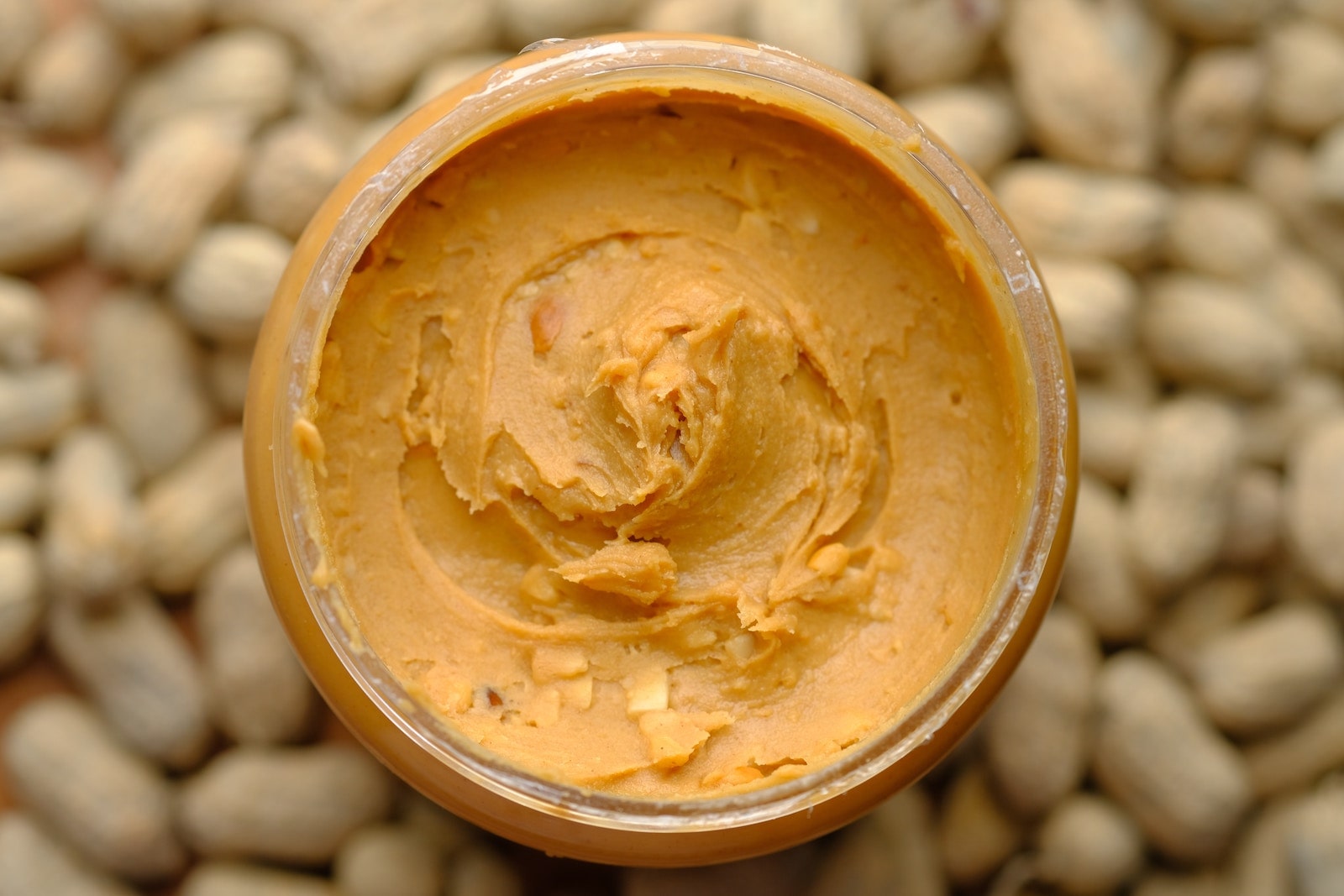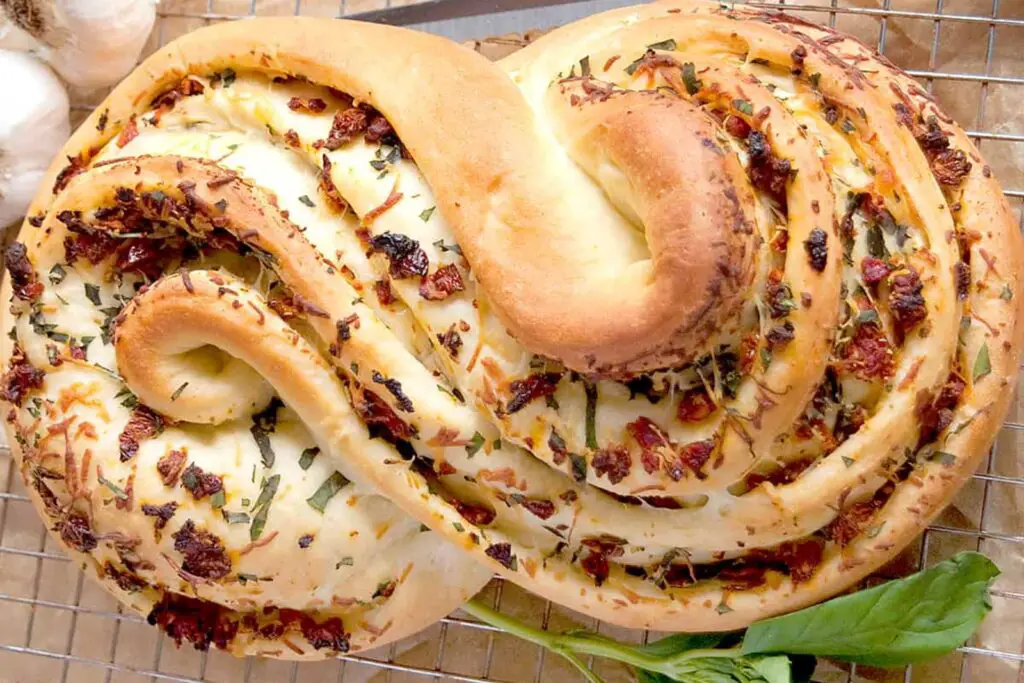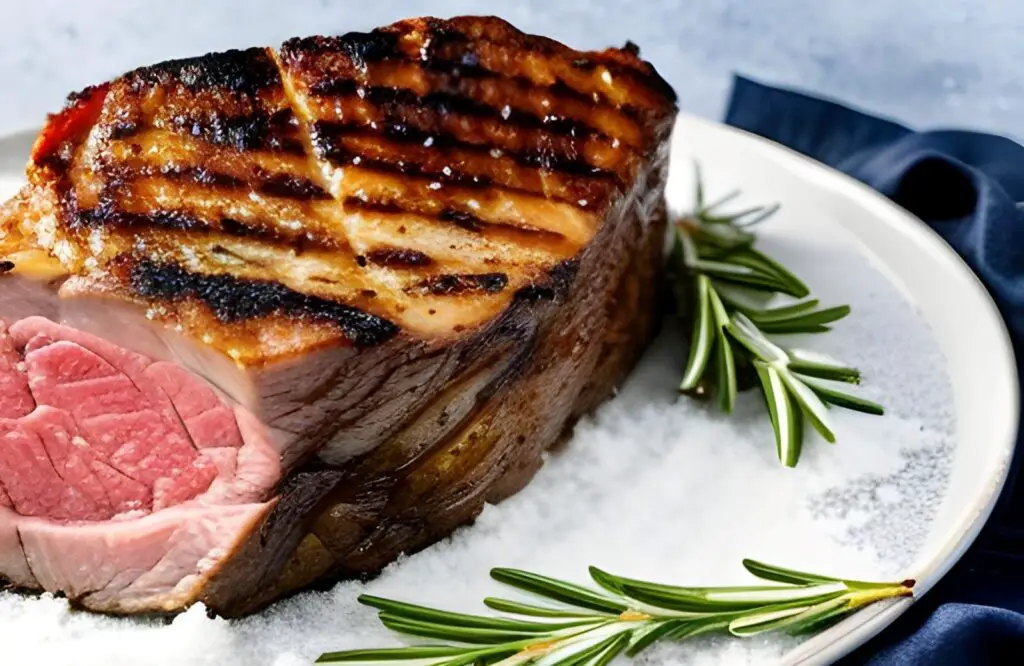
Peanut butter is a popular ingredient used in various recipes, from sandwiches to cookies to smoothies. If you have an excess amount of peanut butter that you don’t want to go bad, freezing it is a great option. Freezing peanut butter can extend its shelf life and allow you to use it in the future. However, there are some important steps to follow to ensure that the peanut butter freezes properly and stays fresh. In this guide, we will go over the simple steps on how to freeze peanut butter, from choosing the right container to thawing it when you’re ready to use it.
Here are the steps for freezing peanut butter:
Step 1: Choose a freezer-safe container
Choosing the right container for freezing peanut butter is essential to ensure that it stays fresh and doesn’t develop freezer burn. Freezer-safe containers are made of materials that can withstand low temperatures without cracking, leaking or becoming brittle. Airtight containers are also important as they prevent air and moisture from entering the container, which can cause the peanut butter to spoil or change in texture.
Airtight containers can come in various shapes and sizes, such as plastic or glass containers with lids, or even freezer bags with a zip-lock seal. When choosing a container, consider the amount of peanut butter you’re freezing and the available space in your freezer. It’s also a good idea to select a container that is easy to label with the date and contents, so you can keep track of how long the peanut butter has been frozen.
Can I freeze peanut butter in its original container?
It is generally not recommended to freeze peanut butter in its original container. Most commercial peanut butter containers are not designed for freezer storage, and the contents may expand and potentially damage the packaging. It’s best to transfer the peanut butter into a freezer-safe container or freezer bag before freezing. Make sure to leave some headspace for expansion, seal it tightly, and label it with the date of freezing for easy tracking. This will help maintain the quality and prevent freezer burn, ensuring that the frozen peanut butter remains fresh and ready for use.
Can you freeze peanut butter in a plastic jar?
Yes, you can freeze peanut butter in a plastic jar. However, it’s important to consider the type and quality of the plastic jar. Ensure that the jar is made of freezer-safe, BPA-free plastic that can withstand low temperatures without cracking or deforming. Leave some headspace for expansion, seal the jar tightly, and label it with the date of freezing. Freezing may cause some separation in the peanut butter, so it’s recommended to give it a good stir after thawing. By following these precautions, you can successfully freeze peanut butter in a plastic jar for future use.
Step 2: Portion the peanut butter
Portioning the peanut butter before freezing is important for a few reasons. First, it makes it easier to thaw and use just the amount you need without having to thaw the entire container. This is particularly helpful if you only need a small amount of peanut butter for a recipe, as you can simply take out the exact amount required without wasting any.
Second, portioning the peanut butter can help to prevent freezer burn. Freezer burn occurs when moisture evaporates from the food and forms ice crystals on its surface. This can affect the texture and taste of the peanut butter. By portioning the peanut butter into smaller servings, there is less surface area exposed to air and moisture, which reduces the likelihood of freezer burn.
There are different ways to portion peanut butter for freezing, but using a tablespoon or an ice cream scoop can be helpful to ensure consistent serving sizes. You can scoop the peanut butter onto a baking sheet lined with parchment paper, then place the baking sheet in the freezer until the portions are frozen. Once frozen, you can transfer the portions to a freezer-safe container or freezer bag, label it with the date and contents, and return it to the freezer for later use.
Portioning the peanut butter before freezing can help to make it easier to use and prevent freezer burn, making it an important step in the process.
Step 3: Label the container
Labeling the container with the date and contents is a crucial step when freezing peanut butter or any other food item. By doing so, you can keep track of how long the peanut butter has been frozen, which can help you to determine whether it is still safe to consume or not. It also helps you to identify what is inside the container without having to open it, which saves you time and helps to keep your freezer organized.
When labeling the container, be sure to include the date that you froze the peanut butter, as well as the contents. This information can be written directly on the container with a permanent marker or on a label that you attach to the container. If you are freezing multiple portions of peanut butter, you may want to include the serving size as well.
Labeling the container is a simple yet important step that can help you to keep track of your frozen peanut butter and ensure that you use it before it reaches its expiration date. It also makes it easier to find what you are looking for in your freezer, which can save you time and prevent unnecessary waste.
Step 4: Store the container in the freezer
Storing the container of peanut butter in the freezer is the final step in the process of freezing peanut butter. When placing the container in the freezer, make sure that you leave enough space for the container to expand as the peanut butter freezes. This is important because liquids, including peanut butter, expand as they freeze and can cause the container to crack or burst if there is not enough space. To prevent this from happening, leave at least half an inch of space between the peanut butter and the lid of the container. If you are using a freezer bag, try to remove as much air as possible before sealing the bag. Once the container is placed in the freezer, it should be left to freeze completely.
Step 5: Thaw the peanut butter
Thawing the frozen peanut butter is the final step before using it. When you’re ready to use the peanut butter, take out the portion you need from the freezer and transfer it to the refrigerator or leave it at room temperature to thaw. Thawing in the refrigerator is the best method as it helps to prevent any bacterial growth while the peanut butter is thawing.
The amount of time it takes for the peanut butter to defrost will depend on the amount of peanut butter being thawed, the temperature of the room, and the container in which it was frozen. Generally, thawing in the refrigerator can take several hours or overnight, while thawing at room temperature may take less time, but may also increase the risk of bacterial growth.
It’s important to note that once the peanut butter is thawed, it should be stirred to restore its texture and consistency. If the peanut butter has separated, it may need to be blended or stirred until it becomes smooth again. Thawing the frozen peanut butter properly is important to ensure that it is safe to consume and to restore its texture and consistency. Whether thawing in the refrigerator or at room temperature, it is important to take the time necessary to thaw the peanut butter properly.
Other related questions
How long does frozen peanut butter last?
Frozen peanut butter can typically last for up to six to nine months if stored properly. It is important to keep it tightly sealed in an airtight container or freezer bag to prevent freezer burn and maintain its quality. Over time, frozen peanut butter may experience some texture changes, but it should still be safe to consume as long as there are no signs of spoilage. Remember to check for any off smells, mold, or unusual discoloration before consuming frozen peanut butter.
Can I refreeze thawed peanut butter?
It is generally safe to refreeze thawed peanut butter if it has been handled properly and there are no signs of spoilage. However, repeated thawing and refreezing can affect its quality and texture. It is recommended to divide the peanut butter into smaller portions before freezing so that you can thaw only what you need at a time, minimizing the need for refreezing. Additionally, ensure that the peanut butter is stored in airtight containers or freezer bags to maintain its freshness. Use your discretion and quality assessment to determine if refreezing thawed peanut butter is suitable for your preferences.
What temperature does peanut butter freeze?
The peanut butter will start to freeze at a temperature below its freezing point of 32°F (0°C). However, to freeze peanut butter completely, it’s recommended to store it at a temperature of 0°F (-18°C) or below. This ensures that the peanut butter freezes evenly and maintains its quality and freshness. It’s important to store peanut butter in the coldest part of the freezer, such as the back or bottom shelf, and to avoid storing it near the freezer door where temperatures can fluctuate more easily.
How long does peanut butter take to freeze?
The time it takes for peanut butter to freeze will depend on the amount of peanut butter being frozen, the container it’s stored in, and the temperature of the freezer. Generally, peanut butter will take several hours to freeze completely. It’s recommended to leave the container of peanut butter in the freezer for at least 2-3 hours before checking to see if it’s fully frozen. For best results, it’s recommended to leave the container of peanut butter in the freezer for several hours or overnight to ensure it’s completely frozen.
Can I freeze natural peanut butter?
Yes, you can freeze natural peanut butter. Natural peanut butter without additives or preservatives is suitable for freezing. However, it’s important to note that the texture may change slightly after freezing and thawing. Before freezing, ensure the peanut butter is stored in an airtight container or freezer-safe bag. Leave some headspace for expansion, seal it tightly, and label it with the date of freezing. Thaw the frozen peanut butter in the refrigerator overnight or at room temperature. Stir it well before use to redistribute any separated oils. While the texture may be different, the flavor and quality should remain intact. Follow the steps highlighted in this guide to freeze natural butter.
Does freezing peanut butter affect its nutritional value?
Freezing peanut butter does not significantly affect its nutritional value. Peanut butter is a rich source of protein, healthy fats, and other essential nutrients like vitamin E, magnesium, and potassium. Freezing may cause some minor changes in texture, but it does not alter the nutritional content of the peanut butter. However, it’s important to note that the addition of salt, sugar, or other additives to some types of peanut butter may affect its overall nutritional value. When choosing a peanut butter to freeze, look for a brand that is made with simple, wholesome ingredients and avoid those that are high in added sugars or artificial ingredients.
Does freezing peanut butter affect its taste or texture?
Freezing peanut butter can slightly affect its texture, but the taste typically remains unchanged. Freezing may cause some separation of oils, resulting in a firmer consistency. However, giving it a good stir after thawing will restore its smoothness. While the texture may be slightly different, the flavor and overall quality of the peanut butter should remain intact. If you prefer a softer texture, you can let the frozen peanut butter sit at room temperature for a few minutes before using it.








